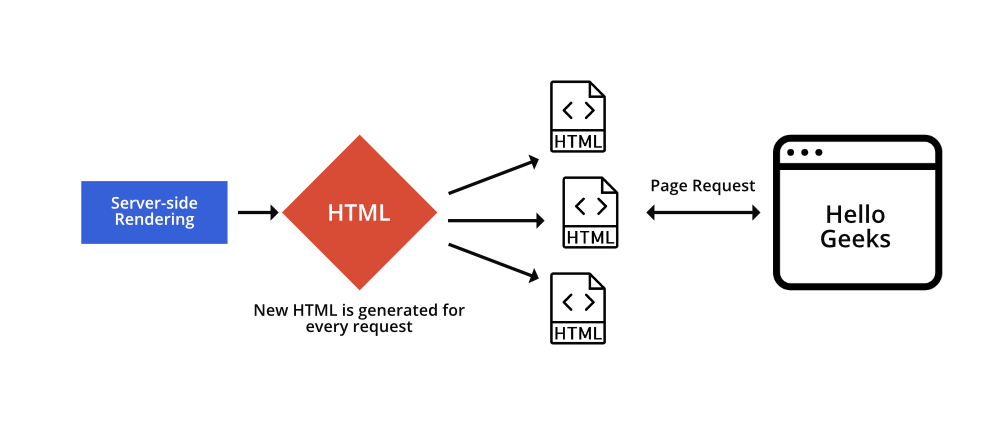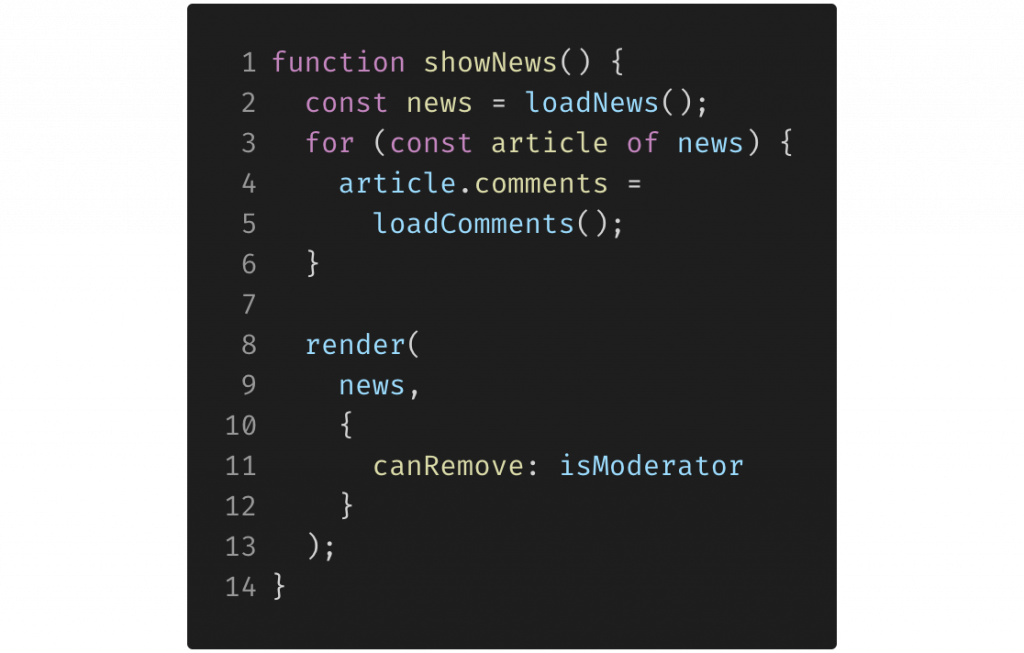
What is Rendering?
Rendering in React refers to the process of converting React components, which are written in JavaScript, into actual visual elements on a web page. React is a popular JavaScript library for building user interfaces, and its core concept revolves around efficiently updating the UI in response to changes in data or state.
Rendering can take place on the server or on the client. It can happen either ahead of time at build time, or on every request at runtime.
With Next.js, three types of rendering methods are available: Server-Side Rendering, Static Site Generation, and Client-Side Rendering.
What is Pre-Rendering?
Server-Side Rendering and Static Site Generation are also referred to as Pre-Rendering because the fetching of external data and transformation of React components into HTML happens before the result is sent to the client.
Client-Side Rendering vs Pre-Rendering
In a standard React application, the browser receives an empty HTML shell from the server along with the JavaScript instructions to construct the UI. The initial rendering work happens on the user’s device and is called client-side rendering.
In contrast, Next.js pre-renders every page by default. Pre-rendering means the HTML is generated in advance, on a server, instead of having it all done by JavaScript on the user’s device.
In practice, this means that for a fully client-side rendered app, the user will see a blank page while the rendering work is being done. Compared to a pre-rendered app, where the user will see the constructed HTML:
Server-Side Rendering
With server-side rendering, the HTML of the page is generated on a server for each request. The generated HTML, JSON data, and JavaScript instructions to make the page interactive are then sent to the client.
On the client, the HTML is used to show a fast non-interactive page, while React uses the JSON data and JavaScript instructions to make components interactive (for example, attaching event handlers to a button). This process is called hydration.





1 comment